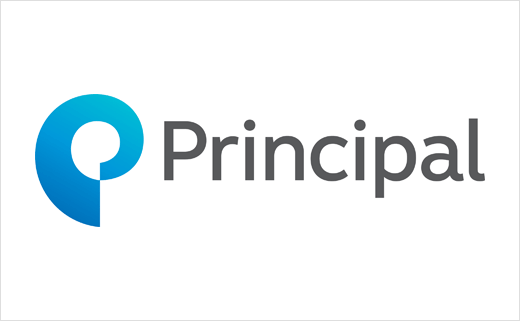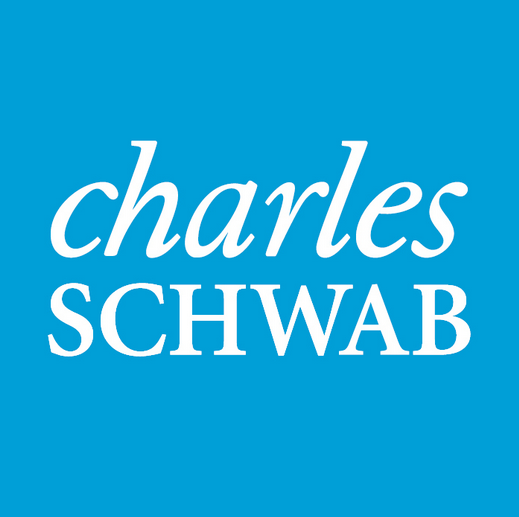Today's listings
USA
Charles Schwab makes lists first new ETF since 2013
Charles Schwab is listings its first new ETF in four years, The Schwab 1000 Index ETF (SCHK). SCHK will track the 1,000 largest stocks of publicly traded companies in the United States via an inhouse index. It will take direct aim at The iShares Russell 1000 ETF (IWB), which currently has almost $20 billion assets under management.
Schwab has been different among major ETF providers in that it has only listed 22 ETFs. (BlackRock, by contrast, has 340). Despite its small lineup, Schwab is fifth largest American ETF provider, with $87.8 billion in assets. Taken together, these numbers mean Schwab's ETFs have $4bn each on average —a far higher average asset base than any other issuer.
Schwab's success is based on a 'wait and see' approach, followed by aggressive under-pricing. That is, Schwab waits to see which ETFs succeed in gathering assets. It then lists a competitor at a lower (sometimes significantly lower) price point.
By all accounts, the strategy is working. In September, Schwab was the third fastest growing US ETF provider, behind only BlackRock and Vanguard. Its growth has been propelled by its reputation for providing the cheapest ETFs in the world.
While the annual cost of SCHK was not in the prospectus, it is a virtual guarantee that it will be in the low single digits. This author's guess is 3 basis points.
Principal lists "Mega-Cap Multi Factor" ETF
Principal has listed a new multi-factor ETF in New York, The U.S. Mega-Cap Multi-Factor Index ETF (USMC). USMC will track an index based on Nasdaq. The index takes the top 250 Nasdaq stocks based on market cap. Of those, the biggest 25 get weighted by market cap and the bottom 225 get equally weighted (hence the name "mega-cap", one guesses). An additional adjustment then gives low-volatility stocks greater weighting.
UK and Germany
Franklin Templeton lists smart beta emerging markets ETF
Californian asset manager Franklin Templeton has listed a new emerging markets tracker on Xetra and the London Stock Exchange, The Franklin LibertyQ Emerging Markets UCITS ETF (FLXE). FLXE tracks large and mid-cap companies in emerging markets. It does this by applying four investment style factors - quality, value, momentum and low volatility - to the MSCI Emerging Markets Index.
Today's news from around the web
In fixed income, active beats passive
Opinion piece from Legg Mason. Data shows that active managers beat index trackers at debt investing. This is because debt indexes often misapply equity logic to debt: just because a company is bigger doesn't make its debts safer. Furthermore, the vast majority of debt in passive funds is from the government, which tends to have lower yields. It takes an active manager to know the ins and outs of these things. ETFs cannot do it.
Active managers fight back with lower fees
Passive investing has won so much ground that even an ancient and traditional institution like Weatherby's, the UK's oldest private bank, have given up on active managers. But now active managers are fighting back. Fidelity, a US asset manager that offers ETFs and active management, has said it will gut the costs of its active management and make its fees variable. If there's no outperformance, Fidelity says, there'll be no fees. Let's see if it works.
American ETF providers really excited about Mifid II
American ETF providers see Mifid II as their big chance to break into Europe. ETFs are significantly smaller in Europe than in the US. This is largely because of pay-to-play advisory services. They're also worried that as the US market crowds and becomes dominated by the "big three" profits are becoming out of reach.





